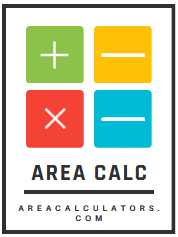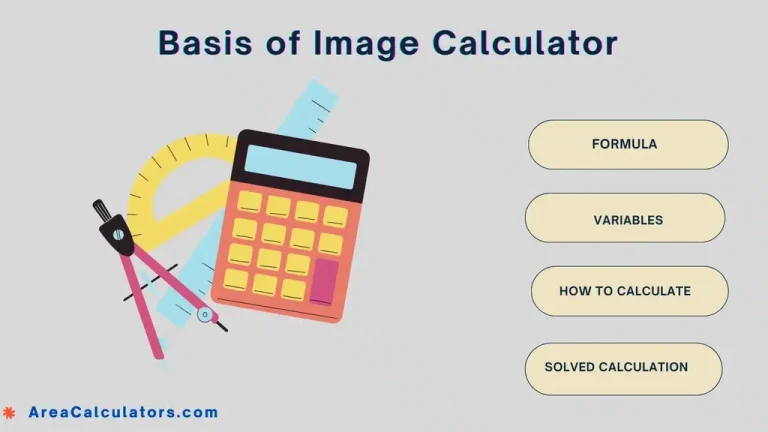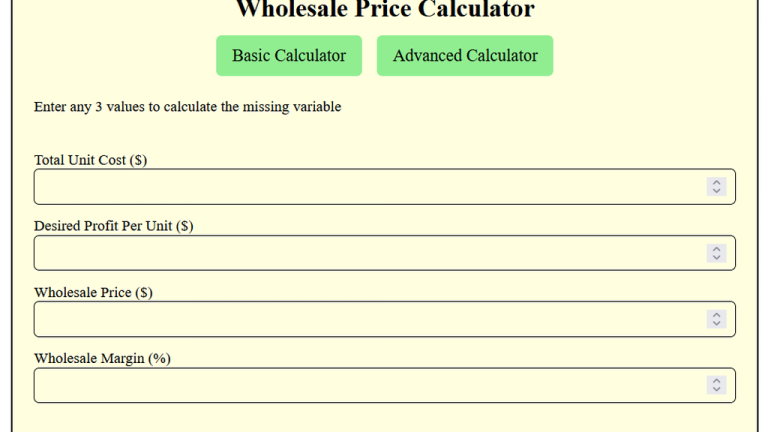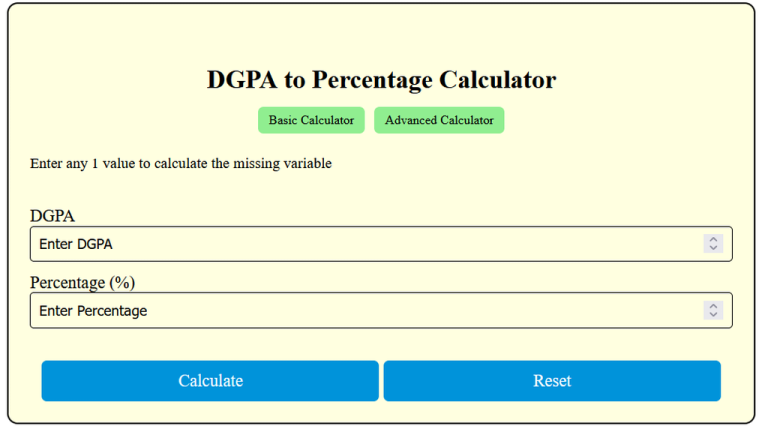3 4 5 Rule Calculator
To check if a triangle follows the 3, 4, 5 rule, square the lengths of the two shorter sides and add them together. If the sum equals the square of the hypotenuse, the triangle is a right triangle.
The 3, 4, 5 rule is a simple and commonly used method to check if a triangle is a right triangle. It is based on the Pythagorean theorem: a² + b² = c², where a and b are the two shorter sides, and c is the hypotenuse (the longest side).
The 3, 4, 5 rule states that if the lengths of the sides of a triangle are proportional to 3, 4, and 5, then the triangle is a right triangle. This method is frequently used in construction, carpentry, and surveying to ensure that angles are 90 degrees.
Formula:
Variables:
| Variable | Description |
|---|---|
| Length of one side of the right triangle | |
| Length of the other side of the right triangle | |
| Hypotenuse (the longest side of the right triangle) |
Example 1:
Given:
- units
- units
| Calculation | Instructions |
|---|---|
| , | Start with the given lengths of the two sides. |
| Use the Pythagorean theorem to find . | |
| Square both and . | |
| Add the squared values. | |
| Set the sum equal to . | |
| Take the square root of both sides to find . | |
| The hypotenuse length is 5 units. |
Answer:
- The hypotenuse is 5 units.
Example 2:
Given:
- units
- units
| Calculation | Instructions |
|---|---|
| , | Start with the given lengths of the two sides. |
| Use the Pythagorean theorem to find . | |
| Square both and . | |
| Add the squared values. | |
| Set the sum equal to | |
| Take the square root of both sides to find . | |
| The hypotenuse length is 13 units. |
Answer:
- The hypotenuse is 13 units.

What is 3 4 5 Rule Calculator ?
The 3, 4, 5 Rule Calculator is an essential tool used in construction and woodworking for ensuring that structures are square. This method is based on the properties of right triangles and can help you create precise right angles.
By using the dimensions of 3, 4, and 5 units, you can verify that your angles are accurate, allowing for more robust and aesthetically pleasing constructions.
To apply the 3, 4, 5 rule, you begin by measuring three units along one side of your structure, four units along the other side, and then measuring the diagonal to ensure it measures five units.
This triangle relationship guarantees a right angle, making it particularly useful for laying out foundations, walls, or any other rectangular structure.
If you’re working on larger projects, the 3, 4, 5 method for large scale applications ensures accuracy even when scaling up. Many calculators available online can help with these measurements and show the steps involved in using the method.
In addition to construction, the 3, 4, 5 triangle rule can be beneficial in various fields, including landscaping and interior design, where precise angles are crucial.
Understanding the 3, 4, 5 method is important for ensuring that your projects are built correctly, saving time and resources in the long run. Whether you’re looking to find the hypotenuse or simply verify your measurements, this calculator is a valuable asset in your toolkit.





